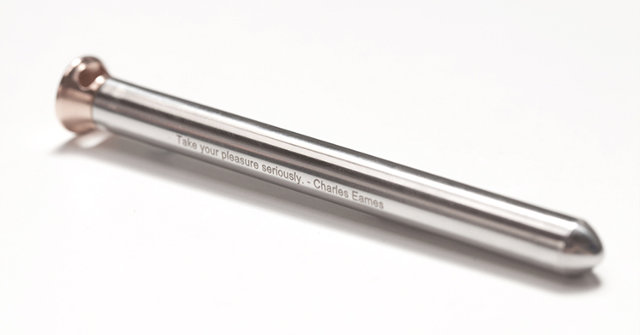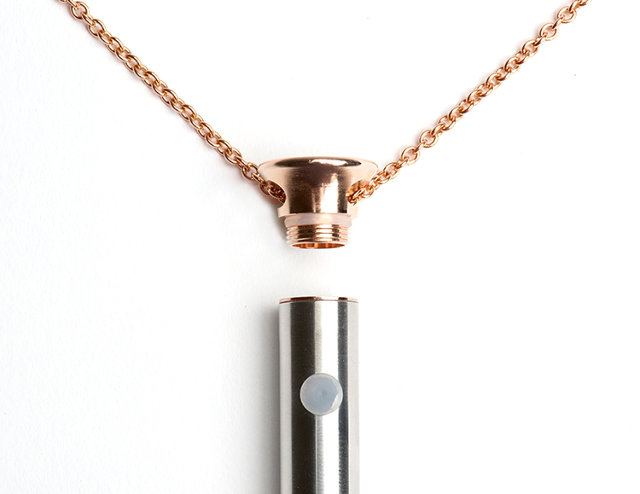The Eames House has got everything I love about architecture – rigour and thoroughness but also playfulness and colour, with everything beautifully detailed. As one of the Case Study Houses it typified an era of invention and excellence in modern domestic architecture. It’s an incredibly inspiring building.
I first went to see it in 1980 after working in New York for Welton Becket and before returning to London to work for Michael Hopkins. I had visited other Case Study Houses and those of Frank Lloyd Wright but the elegance and simplicity of the Eames House was stunning, and one of the many highlights of my time in America.
I already knew quite a bit about the house before visiting because I’d read Andrew Weston’s diploma dissertation on it. But it was still fantastic to see it in reality. Ray was still living there and anyone could just turn up, wander around outside and go into the downstairs workshop.
It’s a demonstration house, as much as anything else, to show just how much you can do with industrial system building - you can design a very rational building constructed using industrial materials but still create something interesting with Mondrian colours and double-height spaces. The spatial variety within the Eames House is an inspiration.
The other thing I love about the house is the way it relates to the landscape. The tall eucalyptus trees are as elegantly beautiful as the house itself and the two complement each other. The amazing thing is that the original plans show that this was not the original intention – it was only during the time that the industrial components were ordered from the catalogue and were delivered that Charles and Ray fell in love with the meadow and decided to reconfigure and build the house further back to preserve it.
I’d love to build something like this but it’s virtually impossible to find a similar site in London where you could do something that modern. What’s really nice about the Eames House is its lightness of structure, which would be very difficult to achieve using modern levels of insulation. Instead of using single-glazing and SIP insulated panels like Eames did, you’d have to have a completely different design philosophy and the house would turn out quite differently.
But I’m sure that if the Eameses and those other Case Study architects were around today they’d be doing something really innovative with sustainability.
When I returned to London after my time in America it was fantastic to work in Michael and Patty Hopkins’ home/office, which was a contextual interpretation along similar industrial lines to the Eames House using Metsec beams and built in a similar sort of leafy setting. Both houses are stunning and have been an inspiration for our 30 years at Weston Williamson.
I have been back three times since, and it’s stood the test of time really well. It’s the sort of place that’s just good to come back to again and again. To me it represents a particular time of hope and optimism in the future. New materials, new ways of thinking and living and new ideas. It inspired a generation.
Wednesday, 15 April 2015
Courtsesy: bdonline.co.uk





















